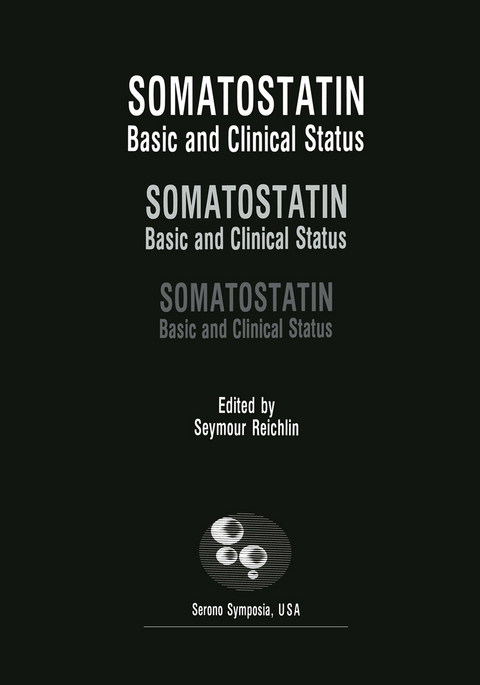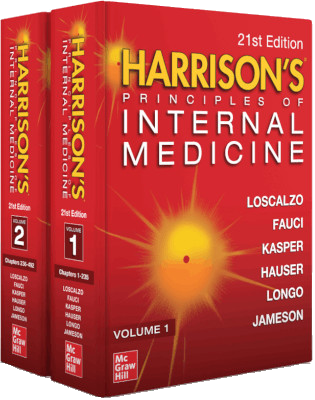
Somatostatin
Springer-Verlag New York Inc.
978-1-4684-5328-7 (ISBN)
I. Biosynthesis and Processing.- 1. Regulation and Diversity of Peptide Hormone Gene Expression.- 2. Structure and Regulation of the Rat Somatostatin Gene.- 3. Regulation of Somatostatin Gene Expression by Cyclic AMP.- 4. Peptides Derived from Mammalian Prosomatostatin.- 5. Expression of Preprosomatostatin in Foreign Cells: Secretion of Mature Somatostatin by Yeast (Saccharomyces Cerevisiae).- 6. Cotranslational and Posttranslational Proteolytic Processing of Preprosomatostatin-I and Preprosomatostatin-II in Intact Islet Tissue.- 7. Environmental Regulation of Neurotransmitter Phenotypic Expression in Sympathetic Neurons.- II. Mechanisms of Action.- 8. Side Chain Conformations of Somatostatin Analogs When Bound to Receptors.- 9. Somatostatin Receptor: Evidence for Functional and Structural Heterogeneity.- 10. Structural Analysis of Somatostatin Receptors.- 11. Mode of Action of Somatostatin in Islet B-Cells: Influence on Glucose-, L-isoleucine- and Glyburide-Induced Electrical Activity.- 12. Mechanisms by Which Somatostatin Inhibits Pituitary Hormone Release.- 13. Molecular Mechanisms of Somatostatin Inhibition of. Hormone Release From AtT-20 Cells.- III. Role of Somatostatin in Nervous System Function and Controversies in Somatostatin Research.- 14. Regulation of Hypothalamic Somatostatin Secretion.- 15. Somatostatin and Behavior: Preclinical and Clinical Studies.- 16. Physiological Significance of Somatostatin in Growth Hormone Regulation.- 17. Somatostatin and Depression.- 18. Cytoprotection by Somatostatins.- 19. Evidence for Paracrine Function of Somatostatin.- 20. Evidence for the Endocrine Role of Somatostatin.- IV. Somatostatin in Gastrointestinal Function.- 21. Gut Somatostatin.- 22. Regulation of Somatostatin Release From Dispersed Canine Fundic D-Cells.- 23.Antral Somatostatin: A Paracrine Regulator of Gastrin Secretion.- 24. Somatostatin Inhibits Intestinal Motility Via Modulation of Cyclic Amp-Dependent Cholinergic Transmission ..- 25. Multiple Mechanisms Appear to Underlie the Antisecretory Action of Somatostatin on Acid Secretion.- 26. Somatostatin in Gastrointestinal Function: Intestinal Absorption and Secretion.- 27. Effect of Somatostatin on Exocrine Pancreas.- 28. Somatostatin, Clearance and Inhibition of Gastric Acid Secretion in Duodenal Ulcer Patients.- V. Clinical Applications.- 29. Effect of a Long-Acting Somatostatin Analog (SMS 201–995) on Glucose Homeostasis in Type I Diabetes and in Acromegaly.- 30. Treatment of Diabetes with L363,586.- 31. Somatostatin and Upper Gastrointestinal Hemorrhage.- 32. Somatostatin and Analogs in the Management of Variceal Hemorrhage.- 33. Somatostatin in the Treatment of Hematemesis and Melena.- 34. Somatostatin Octapeptide in the Medical Treatment of Acromegaly.- 35. Efficacy and Safety of a Somatostatin Analogue in Active Acromegaly.- 36. Treatment of Gut-Associated Neuroendocrine Tumors with the Long-Acting Somatostatin Analog, SMS 201–995.- 37. Somatostatin in the Treatment of Acute Pancreatitis.- Author Index.
| Reihe/Serie | Serono Symposia USA |
|---|---|
| Zusatzinfo | 46 Illustrations, black and white; XI, 373 p. 46 illus. |
| Verlagsort | New York, NY |
| Sprache | englisch |
| Maße | 178 x 254 mm |
| Themenwelt | Medizinische Fachgebiete ► Innere Medizin ► Diabetologie |
| Medizinische Fachgebiete ► Innere Medizin ► Endokrinologie | |
| Studium ► 1. Studienabschnitt (Vorklinik) ► Biochemie / Molekularbiologie | |
| Naturwissenschaften ► Biologie ► Biochemie | |
| ISBN-10 | 1-4684-5328-9 / 1468453289 |
| ISBN-13 | 978-1-4684-5328-7 / 9781468453287 |
| Zustand | Neuware |
| Haben Sie eine Frage zum Produkt? |
aus dem Bereich


